Secrets of correct pruning of black currants in spring and autumn
Black currant - a perennial bush with berries, it needs proper care and planting. If you choose the optimal place for the bush and cut it off correctly, then the plant will begin to bear fruit early and will give a large harvest of berries. Berries are formed on black currant bushes for a long time if old shoots are replaced with younger ones, which bear fruit well.
Content:
- Helpful Tips for Pruning
- Spring currant pruning
- Pruning currants in the fall
- Three different types of bushes, taking this into account when pruning
Helpful Tips for Pruning
For trimming bushes need to pick up and adjust the tool. The pruner has a cutting surface, and the saw teeth must be carefully sharpened so that they do not leave wounds on the currants.
Cut off very old shoots that will no longer bear fruit near the surface of the earth or slightly below. If you leave tall stumps, they will quickly rot. If the branches are damaged pests or disease, then cut them to the ground and burn them.
Spring currant pruning
Early spring is the best time to form bushes. black currant... In this case, it is necessary to have time to cut the bush before bud break and active sap flow. It is also undesirable to prune the bushes too early.
For a good result, you must wait until the air temperature is above 0.
Pruning rules:
- First, during spring pruning, the shoots that grow inside the bush are removed, intertwined with each other. After that, twigs are cut that are broken or bent. It is also necessary to discard branches lying on the ground or growing far to the side.
- Young annual bushes are cut off, cutting off part of the shoots, keeping 2-4 buds on each. In the fall, shoots of the main order appear, about 90 cm in height. The best of them, in the early spring of the following year, are again pruned by 5-10 cm in order to stimulate dormant buds. And the rest are cut off completely. From the lateral ovaries in summer, shoots of the second order grow, which are about 40 cm high. On all these shoots, the main crop is formed.
- In addition, currants grow root branches annually. The best of them are preserved, they are located at a distance of 10-15 cm from each other, and the rest are cut off at the soil surface. In the second year, the uppermost parts of the young shoots are cut to stimulate branching. Cut the branch 5 mm higher from the bud at an angle of 45 °.
So, cutting off branches is done for 4-5 years. After this time, the bush is formed. After the old shoots are removed, and the young ones are left. You can understand which ones are young and which ones are old by their color. The old ones are dark brown and the young ones are green. The bark on old shoots cracks, the growths are weak and short, and the berries are small. Annually pruning repeat. An optimally formed bush should have 3-4 branches from each year, a total of 12-20 skeletal branches, which are from 1 to 5 years old.
Pruning currants in the fall
In autumn, they form bushes when all the leaves have fallen off, and the air temperature is still positive. The optimal time for the middle lane is late October and early November. The bush is resting, so it easily tolerates pruning.In addition, after the leaves fall, all branches are perfectly visible.
The oldest shoots can be cut off immediately after picking the berries.
It is necessary that the slices heal, the roots begin to supply nutrients normally, and the bush recovers to frost. As a rule, in the fall, the bushes are cut to rough, and in the spring the plant is examined carefully and the pruning is corrected, if required.
Pruned for the winter:
- Dry, old, fungal or infected pests, dried shoots.
- Unsuccessfully growing, thin, frail, weakened processes.
- Branches that did not produce berries in the past season.
- Shoots that have grown over the summer and are now thickening the bush.
After spring, the bushes will not waste their energy on the growth of branches that will not give berries in the future. With autumn pruning, pests can be dealt with well. currants... A large number of pests breed on young shoots. Therefore, if you cut off the tops of the branches every year, then pests and fungus are removed with them.
The benefits of pruning:
- Cutting the shoots stimulates the growth of new basal branches from the underground parts of the bush, they are called renewal shoots.
- Pruning prevents thickening of the bush.
- Cutting the growth helps to get rid of pests, which are usually found at the tops of the shoots.
Three different types of bushes, taking this into account when pruning
Varieties black currant differ in their growth and fruiting, this must be remembered when pruning. According to these characteristics, they are divided into 3 types.
- The first type is varieties in which many recovery shoots grow every year, but they grow few strong shoots of the first and second order, they branch very poorly. These are: Bangup, September Daniel. When pruning of this currant, the restoration branches are very tightly pruned to 1/3 of their length so that they form more branches.
- The second type of bushes include: Memory Michurin, Nakhodka, Bogatyr, Goliath, Boskopsky giant. Their recovery shoots grow very poorly. But their skeletal branches are highly branched and as a result they have many branches of the 1st and 2nd orders. When pruning the branches of restoration are not touched. Cut out old branches.
- The third type includes: Kent, Laxton, Success, Leah fertile, Moscow Region, Eighth Davison, Neapolitan. This currant has an average ability to grow recovery shoots, as well as branches of the 1st and 2nd order. These bushes are pruned in the same way as bushes of the 2nd type, but they shorten the shoots more.
More information on pruning black currants can be found in the video.



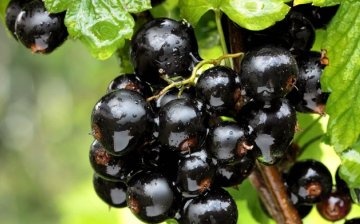
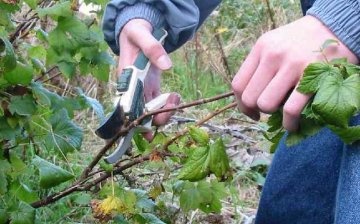
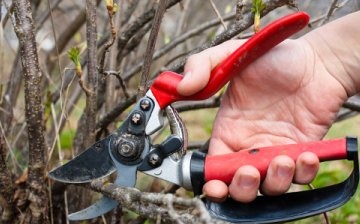
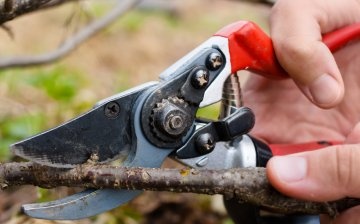
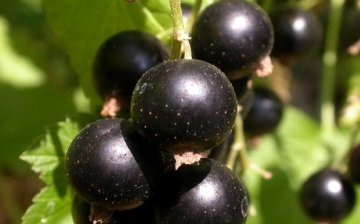






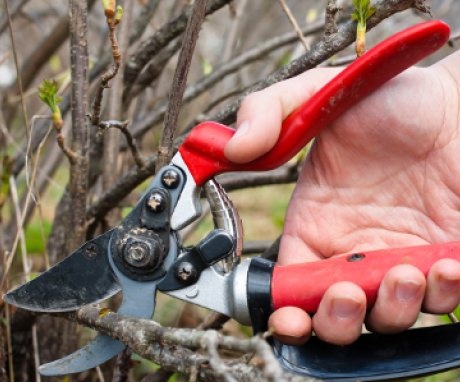
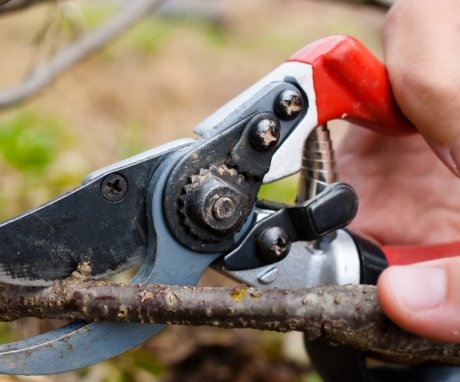
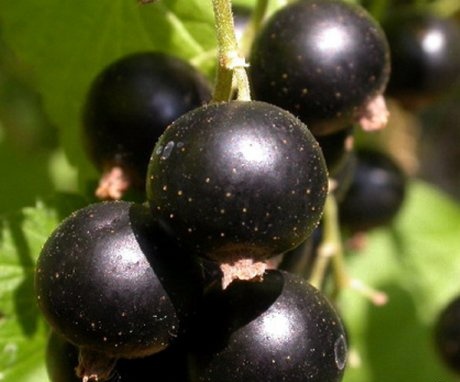
I did not know before that the black currant bush needs not only to cut off old branches, but also to shape it by annual pruning of young branches to stimulate branching. On my bushes, I noticed that if the bush is not cut off until 5 years old, then. currant yield decreases slightly.